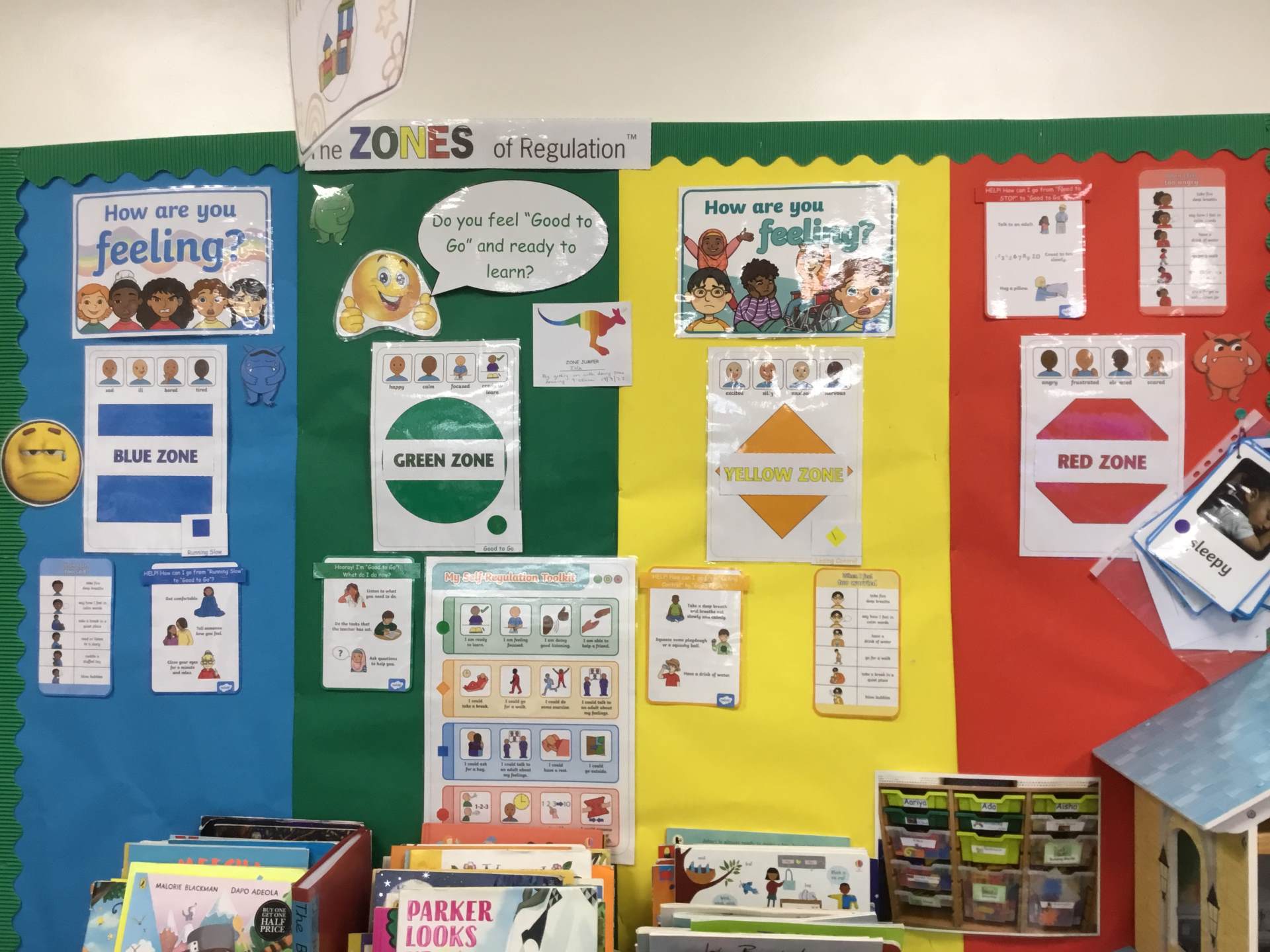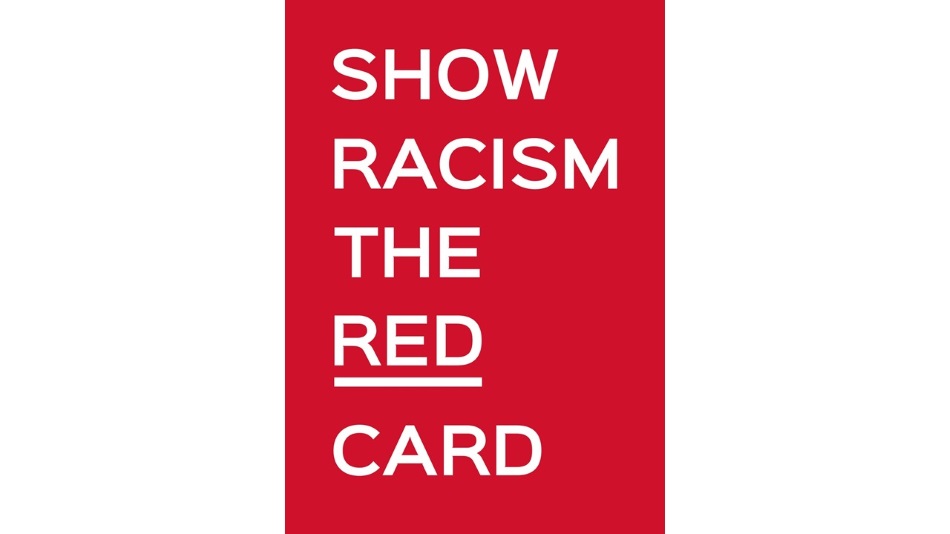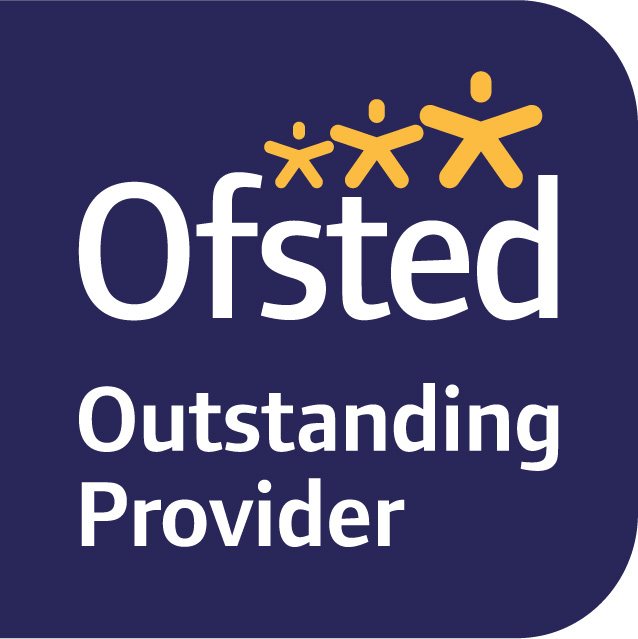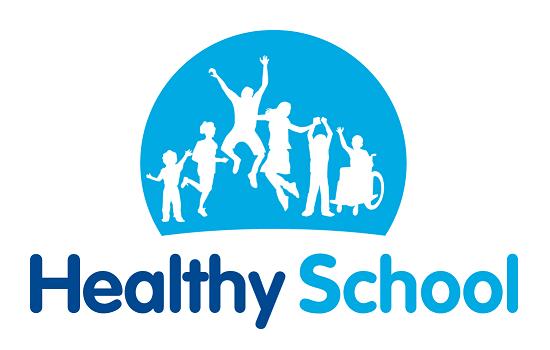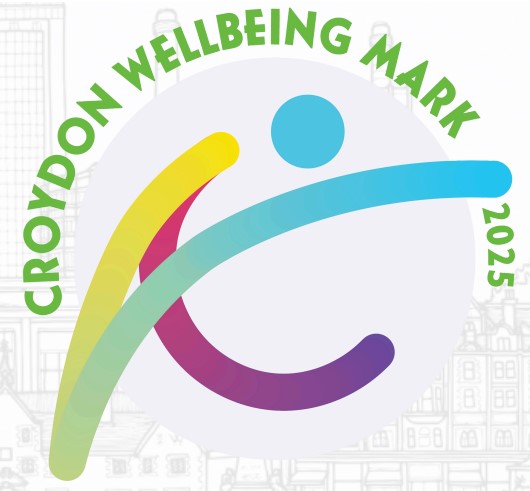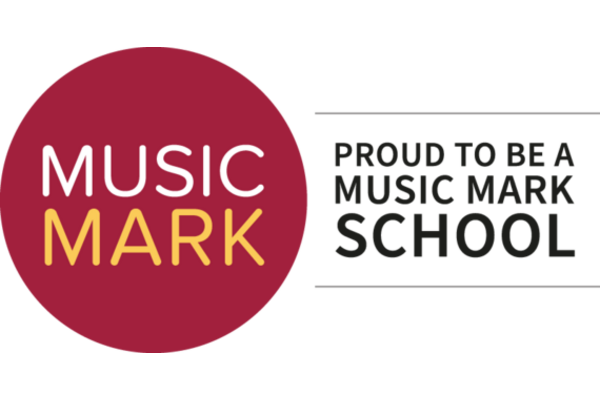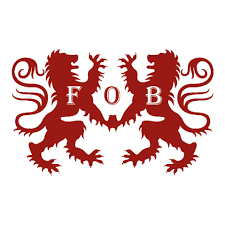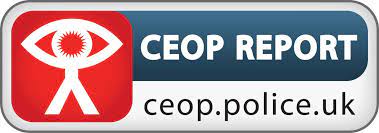Mental Wellbeing
Here at Beaumont Primary School, supporting the well-being of our pupils and staff is of paramount importance.
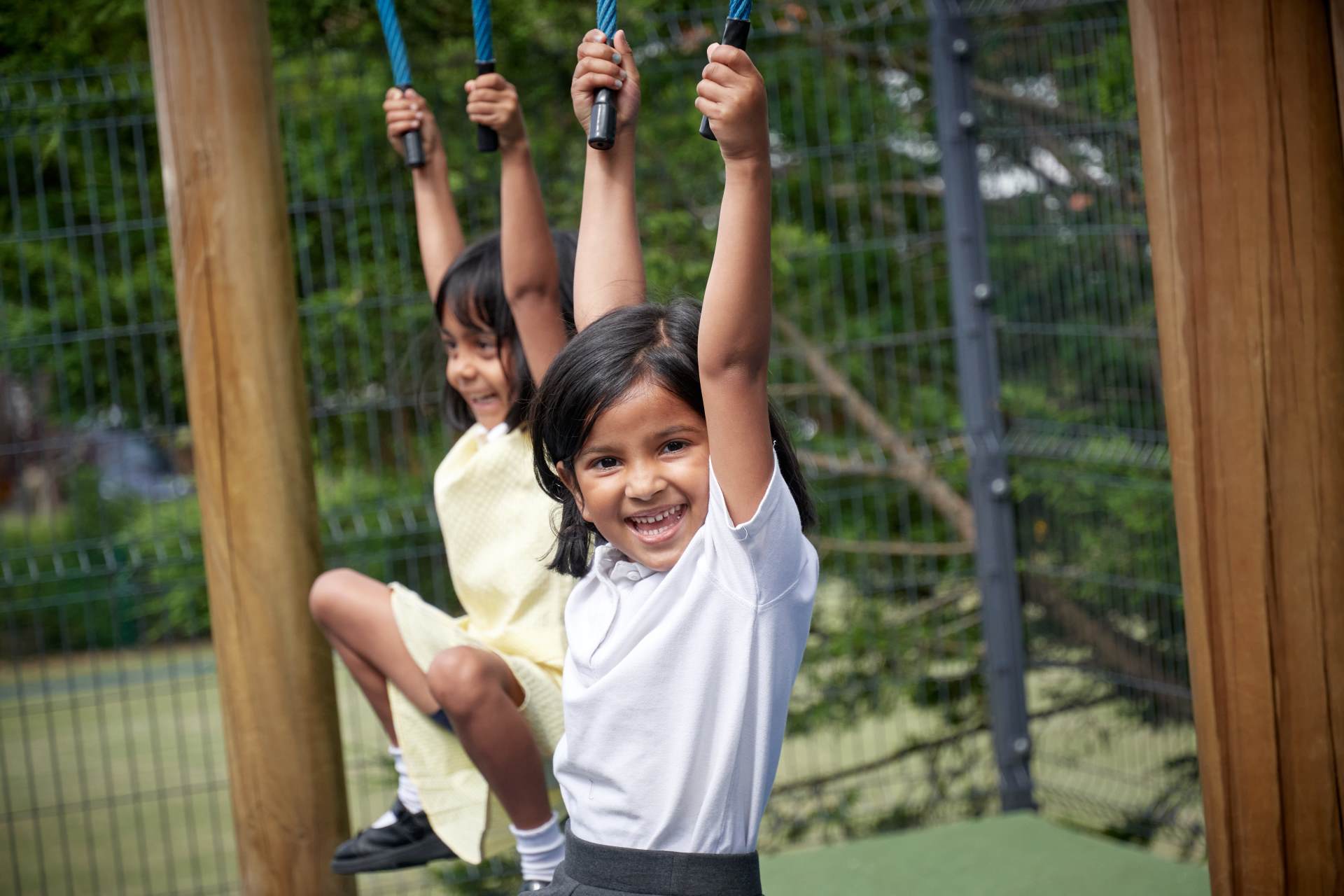
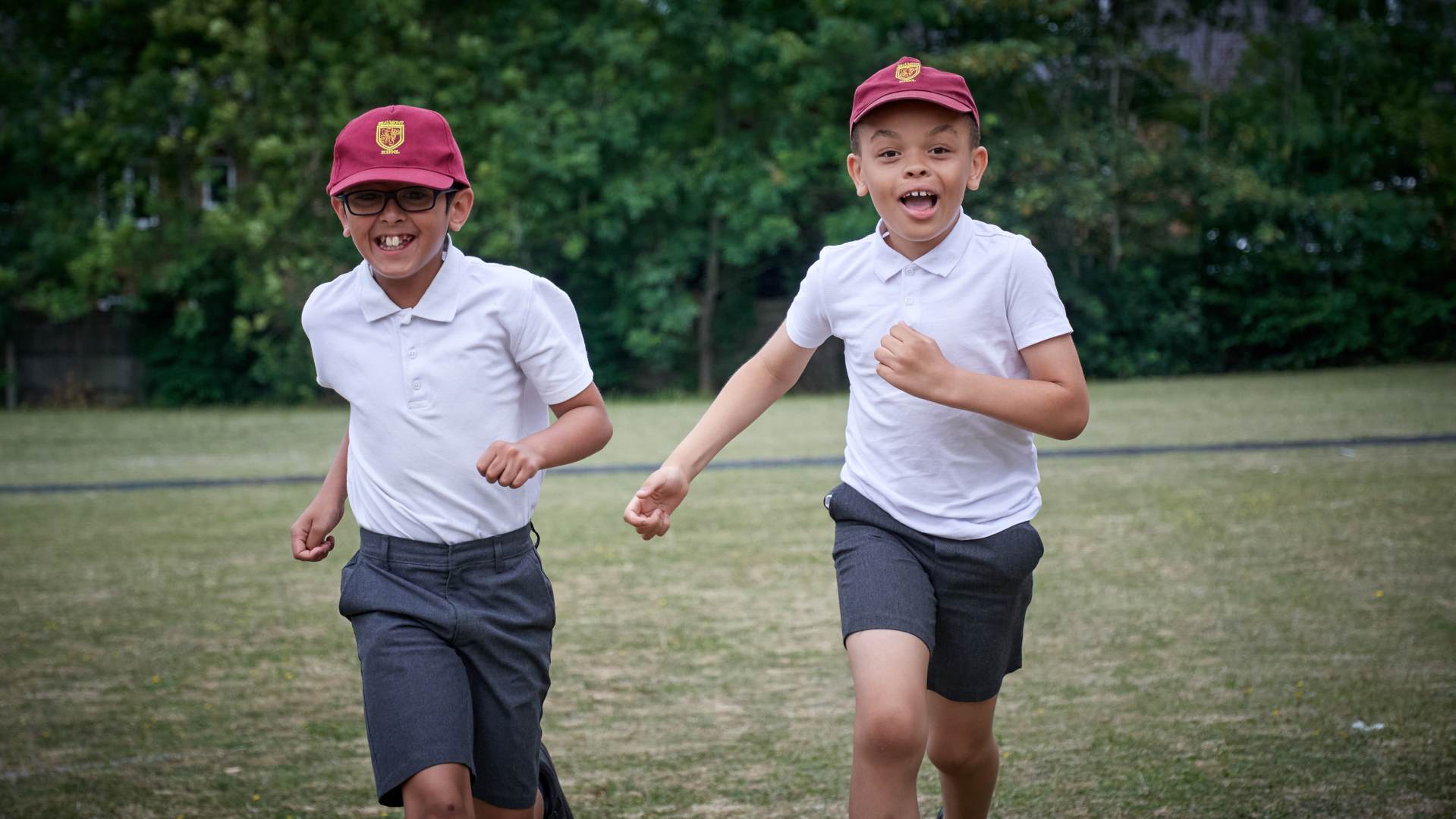
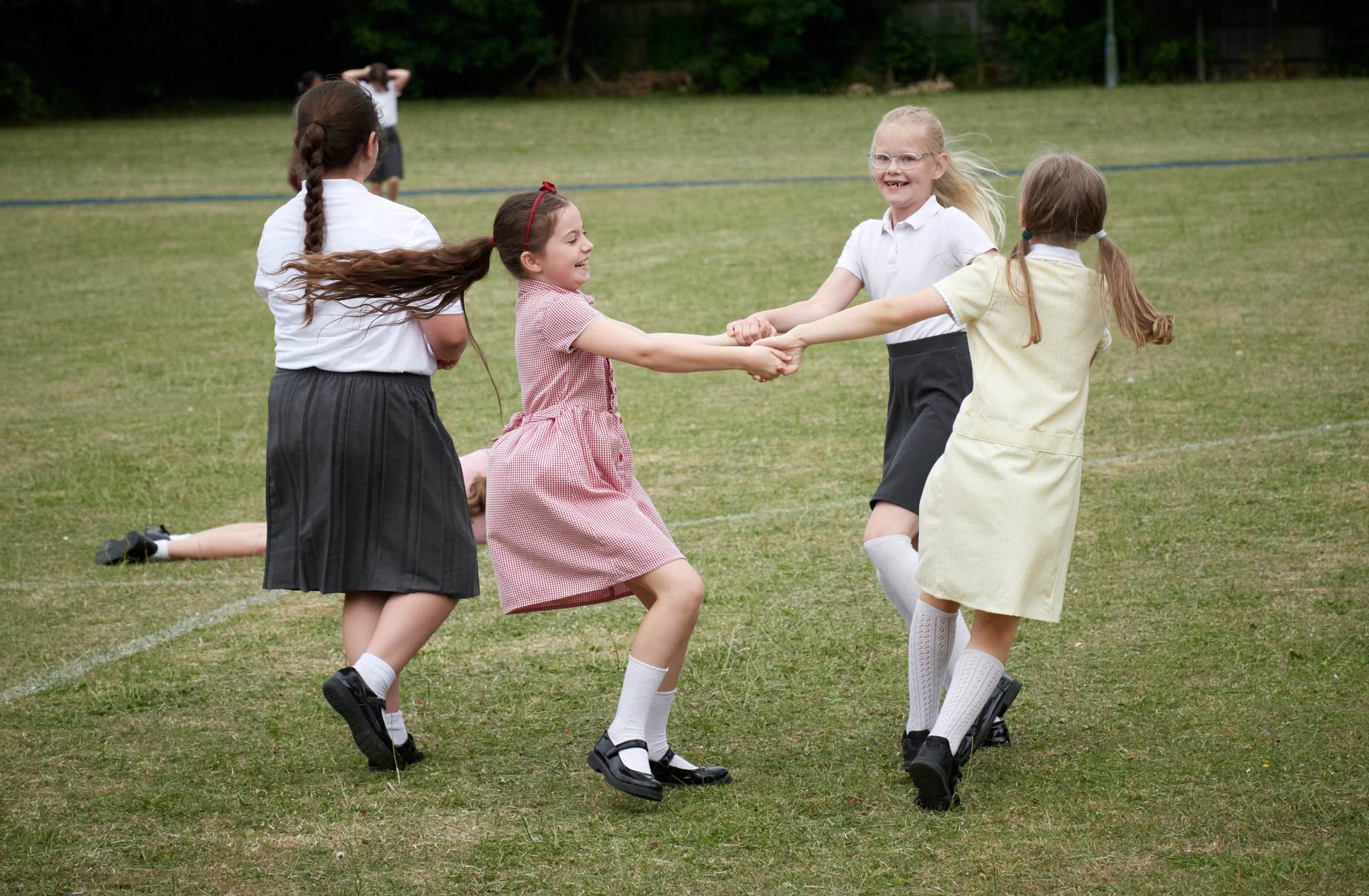
How do we promote wellbeing through our curriculum?
We place a great emphasis on the teaching of wellbeing. All of our staff follow the 2020 RSE curriculum intentions and use a variety of resources from Zones of Regulation to help us deliver the curriculum.
Please view our Traffic Light Wellbeing Support Plan below.
Traffic Light Wellbeing Support Plan
Other examples of how we support positive mental health and wellbeing at school
- The class teacher is always the first point of contact for the children who need support with their mental wellbeing.
- If we feel that a pupil requires further help, then they will be put onto a Wellbeing Pathway. The support for those on a Wellbeing Pathway can look very different from one child to the next and may be delivered by the following members of school staff:
- A wellbeing, nurture and support mentor - timetabled to support children across the school on a weekly basis
- A member of SLT is a senior mental health lead
- support staff - supports children in the classroom; out on the playground or through group interventions.
- Zones of Regulation is fully embedded to help our pupils to self-regulate
- daily assemblies where we share positive messages
- Pupil Well-being Magazine - created by a group of children. This will be published later in the summer term.
- Weekly NEST (Nurturing, emotional, support time)club at lunchtimes for children who require further support. Activities include: craft, lego, games, mindful colouring, building friendships etc.
How does Beaumont make sure our pupils feel valued?
Wellbeing Wednesdays where each class have 15 minutes at the end of the day to take part in something to reinforce their positive wellbeing. We celebrate all of our children's BRILLIANCE and every class has a Brilliance Register which shows every child's individual talent and gifts. Each week we have two Stars of the Week in every class, a sharing assembly for both lower school and upper school, a reading champion and a rewards scheme called Class Dojo. Each week the School Parliament meet to discuss improvements, recommendations and solutions. Each term, every child takes part in a well-being questionnaire and the findings from these are shared with the class teachers and discussed in reflection times. At the end of every day there is an opportunity for quiet reflective time. This involves the children thinking about their day and finding several positives things that happened and an 'even better if'.
Below are the links to each wellbeing questionnaire for each phase.
Wellbeing Wednesday Planners for the whole school - agreed by the School Parliament
Autumn Term 2 2024 Wellbeing Wednesday Planner
Spring Term 1 2025 Wellbeing Wednesday Planner
Spring Term 2 2025 Wellbeing Wednesday Planner
Summer Term 1 2025 Wellbeing Wednesday Planner
How does Beaumont make sure our staff feel valued?
The senior leadership team at Beaumont are very mindful of staff workload and actively seek to ensure that new initiatives and existing strategies effectively and efficiently support the teaching and learning of each child and the development of staff, without impacting adversely on workload.
At Beaumont Primary School, there is a member of the Senior Leadership team with the responsibility for supporting staff mental well-being. Every week at both the PDM and the team meetings, reflections will be shared amongst the staff as to what has gone well at school and what could be improved.
We ensure that as the children take part in Wellbeing Wednesdays, as do the staff and they have some reflective time in the staff room.
How do we support our parents / carers / Beaumont community?
Communication underpins our continued partnership with parents. Our 'open-door' approach ensures effective access to teachers and senior leaders at all times. We ensure that through the school texting service, emails and Class Dojo that all families are kept regularly up-to-date with all school matters.
We have added below various informative leaflets to help support parents who feel their child may be showing signs of anxiety and distress.
Zones of Regulation at Beaumont Primary School
Zones of Regulation
A Parents’ Guide to The Zones of Regulation
What is it?
The Zones of Regulation is an internationally renowned intervention which helps children to manage difficult/ uncomfortable emotions, known as ‘self-regulation’. Self-regulation can go by many names such as ‘self-control’, ‘impulse management’ and ‘self-management’. It is defined as the ‘best state of alertness of both the body and emotions for the specific situation’. For example, when your child takes part in a sports game, they would need to have a higher state of alertness than when, for example, they are working quietly.
From time to time, all of us (including adults) find it hard to manage strong/ uncomfortable feelings such as worry, anger, restlessness, fear or tiredness and this stops us from getting on with our day effectively. When children are experiencing these emotions, it can be very hard for them to learn and concentrate in school.
The Zones of Regulation is a programme based around the use of four colours to help children self-identify how they’re feeling and categorise it based on these colours. The approach also helps children better understand their emotions, sensory needs and thought patterns. The children learn different strategies to cope and manage their emotions based on which colour ‘zone’ they’re in. Additionally, the Zones of Regulation helps children to recognise their own triggers and responses, develop problem-solving skills and become more attuned to how their actions can affect other people.
How is it used in school?
As a school, we have introduced Zones of Regulation from Early Years through to Year 6. Through the use of the programme we aim to help children to:
- Recognise when they are in the different Zones
- Increase their emotional vocabulary so they can explain how they are feeling
- Develop strategies (or ‘tools’) to manage their feelings in each Zone
- Recognise when other people are in different Zones
- Develop an insight into what might make them move into the different Zones
- Understand that emotions, sensory experiences such as lack of sleep or hunger, and their environment might influence which Zone they are in
- Develop problem-solving skills and resilience
- Identify a range of calming and alerting strategies (known as their personal ‘toolkit’).
What are the different Zones?
Blue Zone: low level of arousal; not ready to learn; feels sad, sick, tired, bored, moving slowly.
Green Zone: calm state of alertness; optimal level to learn; feels happy, calm, feeling okay, focused.
Yellow Zone: heightened state of alertness; elevated emotions; feels frustrated, worried, silly/wiggly, excited, loss of some control.
Red Zone: heightened state of alertness and intense emotions; out of control; feels mad/angry, terrified, yelling/hitting, elated, out of control.
We have introduced the Zones through discrete and targeted teaching sessions. We are using the Zones language as part of daily school life so all staff will be referring to them, not just their class teacher. Some children might prefer not to use the ‘Zones language’ but label the emotions directly – this is fine and encouraged!
Each class has developed an understanding of the four zones, which emotions are associated with each of them and how they may feel when they are experiencing them. The children have also developed their own class ‘tool kits’- strategies that can support them when in the different zones.
